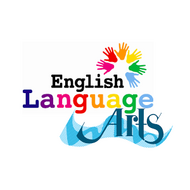Strategy Guide: Tracking and Supporting Student Learning With Kid Watching
(View Complete Item Description)In this strategy guide, you’ll learn how to use kidwatching to track and support student learning. Teachers observe and take notes on students’ understanding of skills and concepts and then use the observations to determine effective strategies for future instruction. Yetta Goodman popularized the term kidwatching, the practice of “watching kids with a knowledgeable head” (9). In kidwatching, teachers observe students’ activities, noticing how they learn and what they do to explore their ideas. Teachers then examine anecdotal notes and other evidence to see how and when students engage in learning. After this review, teachers use their observations to differentiate activities to meet the needs of individual students. The strategy is based on “a seek-to-understand stance by attempting to look at life, literacy, and learning through the children’s eyes” (Mills 2). By discovering how students learn, teachers are able to choose the most effective strategies for each pupil.
Material Type: Teaching/Learning Strategy, Reading




















